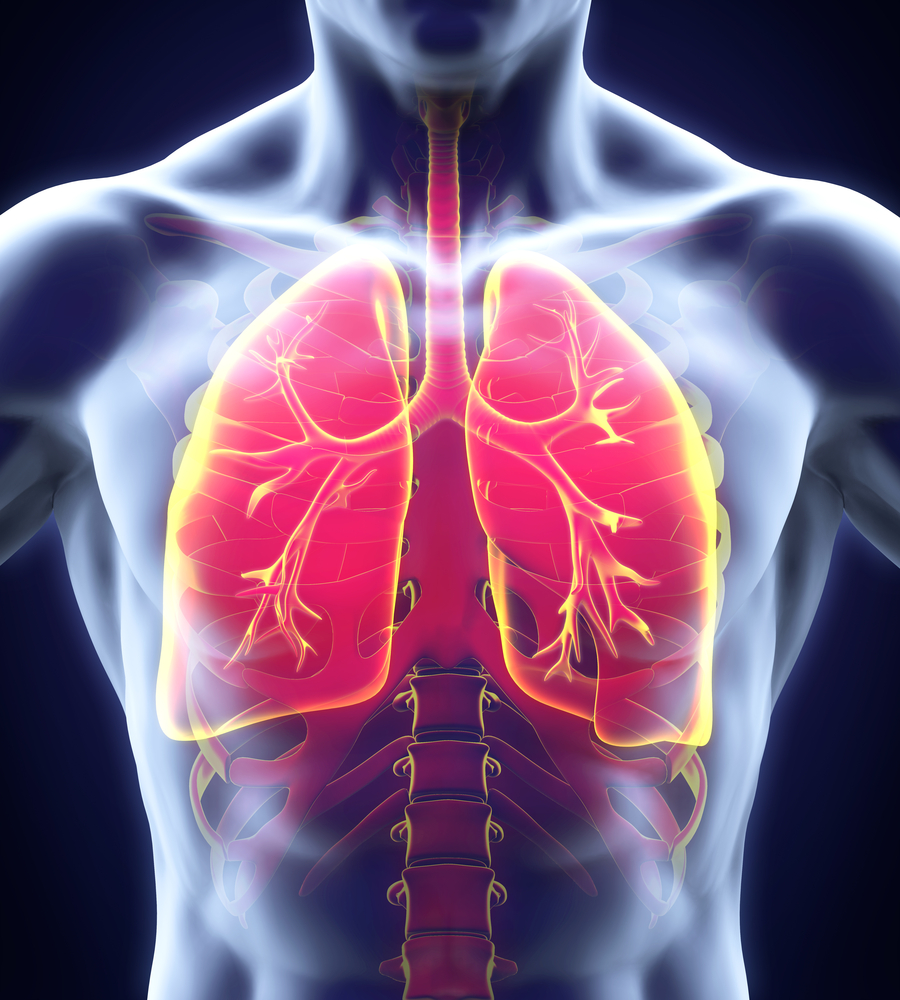Novel Muscle Cell Precursor Found To Be Involved in Pulmonary Hypertension Pathogenesis

Researchers at the Yale Cardiovascular Research Center have identified a specialized cell type involved in pulmonary hypertension pathogenesis. The research paper, entitled “Smooth muscle cell progenitors are primed to muscularize in pulmonary hypertension,” was published in Science Translational Medicine.
Pulmonary hypertension (PH) is a life-threatening condition characterized by increased blood pressure in the pulmonary arteries that carry blood from the heart to the lungs due to blockage, narrowing and capillary destruction. Although cellular and molecular mechanisms that lead to the onset of PH are still not fully understood, researchers have identified that there is smooth muscle cell proliferation in the lung blood vessels, often attributed to hypoxia (low oxygen).
In an effort to understand this phenomenon, Yale researchers used genetic mouse models and human lung samples to characterize a specialized cell type located in muscle and nonmuscle tissue in pulmonary vessels that is the precursor of smooth muscle cells (SMCs) and therefore crucial in PH pathogenicity. By observing the cells over time in living mice with PH induced by hypoxia, scientists discovered that these SMCs proliferate clonally from a unique specialized cell. The molecular profile of these cells indicates that they express SMC marker, platelet-derived growth factor receptor-β (PDGFR-β) and factor KLF4. KLF4 is a protein involved in the regulation of these cells and is essential for SMCs migration and muscularization. Dr. Daniel M. Greif, senior author and assistant professor of cardiology at Yale University School of Medicine, commented on this finding, “It is remarkable that these progenitor cells are present in the normal lung — almost sitting there poised to multiply and migrate in disease.”
This exciting discovery sheds new light on the understanding of PH disease mechanisms and constitutes a new possible therapeutic target to stop muscle cell transition and disease progression, as highlighted by Dr. Greif, “If a patient is diagnosed early, and these cells could be targeted and manipulated, we could potentially attenuate the course of the patient’s disease.”







